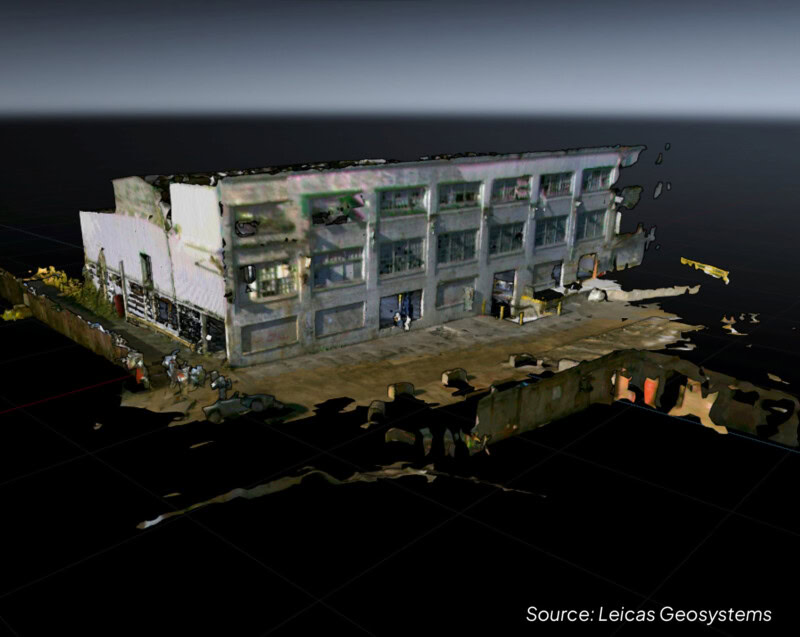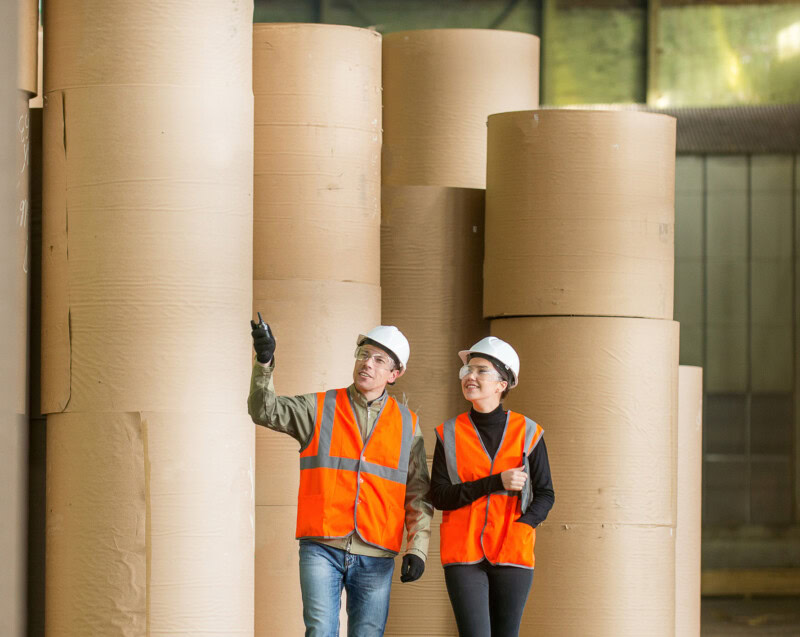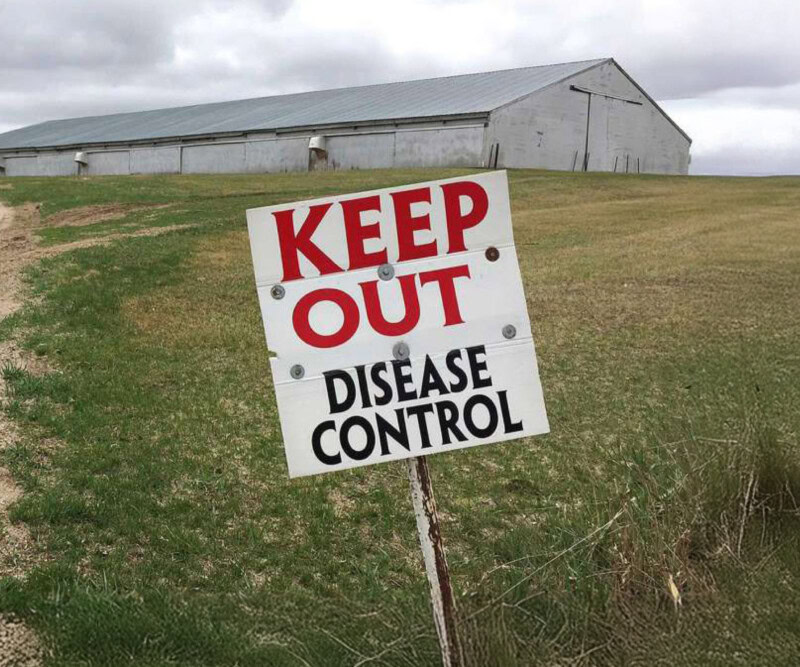How do we know what chemicals are safe for use around the house? How do we know which ingredients are okay for use in food products? If there’s a chemical spill, how do public officials decide whether to call an evacuation?
The simple answer to all of these questions is something called “human health risk assessment.”
According to the U.S. Environmental Protection Agency, human health risk assessment is “the process used to estimate the nature and probability of adverse health effects in humans who may be exposed to chemicals in contaminated environmental media, now or in the future.” Dr. Alan Nye, CTEH® principal toxicologist, has been involved in human health risk assessment for decades, and he has seen the science behind the process advance by leaps and bounds since its inception in the 1980s.
“Human risk assessment is a valuable tool that helps us make fundamental decisions about various hazards in society and where they rank,” explains Nye. “Risk assessment is challenging, in that we’re doing the best we can with an imperfect tool. We’re only as good as the data we have.”
Nye, who has used the risk assessment for countless chemical events and accidents throughout his career, says that one of the greatest challenges is that existing data comes largely from animal studies.
“We must infer or extrapolate cancer and toxicological concerns from animal studies.” he says. “We look at animal data, and we have to determine if that information is really helpful in determining human reactions. Are they relatable or predictive?”
Nye explains that, in order to deal with the uncertainties, toxicologists and other experts make very conservative decisions, “erring on the side of caution.” He adds, “We always assume some level of cancer risk as long as there is some exposure.”
When it comes to determining the danger of chemical spills or accidental exposure incidents – the type that CTEH® deals with on a regular basis – it is essential that all decisions be sound, scientific and extremely cautious.
“The mindset is always to be protective. If there is a question of public health and you don’t know the level of (substance) exposure from an accident, we assume it is on the high end,” he says. “We take what we know from animal studies, and we assume that humans will be more sensitive than animals.”
Coming up in Part Two, Dr. Nye explains some of the technology used to make human health risk assessment decisions.




